
Does body size predict abundance the same way in all environments, as predicted by the Metabolic theory of Ecology? Our new study challenges this assumption. Read it here: 📄 doi.org/10.1111/ele....
06.10.2025 11:25 — 👍 26 🔁 9 💬 2 📌 1@granjel.bsky.social
Ecologist • postdoc at Basque Centre for Climate Change • diversity × interactions × stability × function • 🌱🌊 — he/him Formerly: Fulbright @ncstate.bsky.social, Santander Iberoamérica UNESP-Río Claro, FPU @unisevilla.bsky.social

Does body size predict abundance the same way in all environments, as predicted by the Metabolic theory of Ecology? Our new study challenges this assumption. Read it here: 📄 doi.org/10.1111/ele....
06.10.2025 11:25 — 👍 26 🔁 9 💬 2 📌 1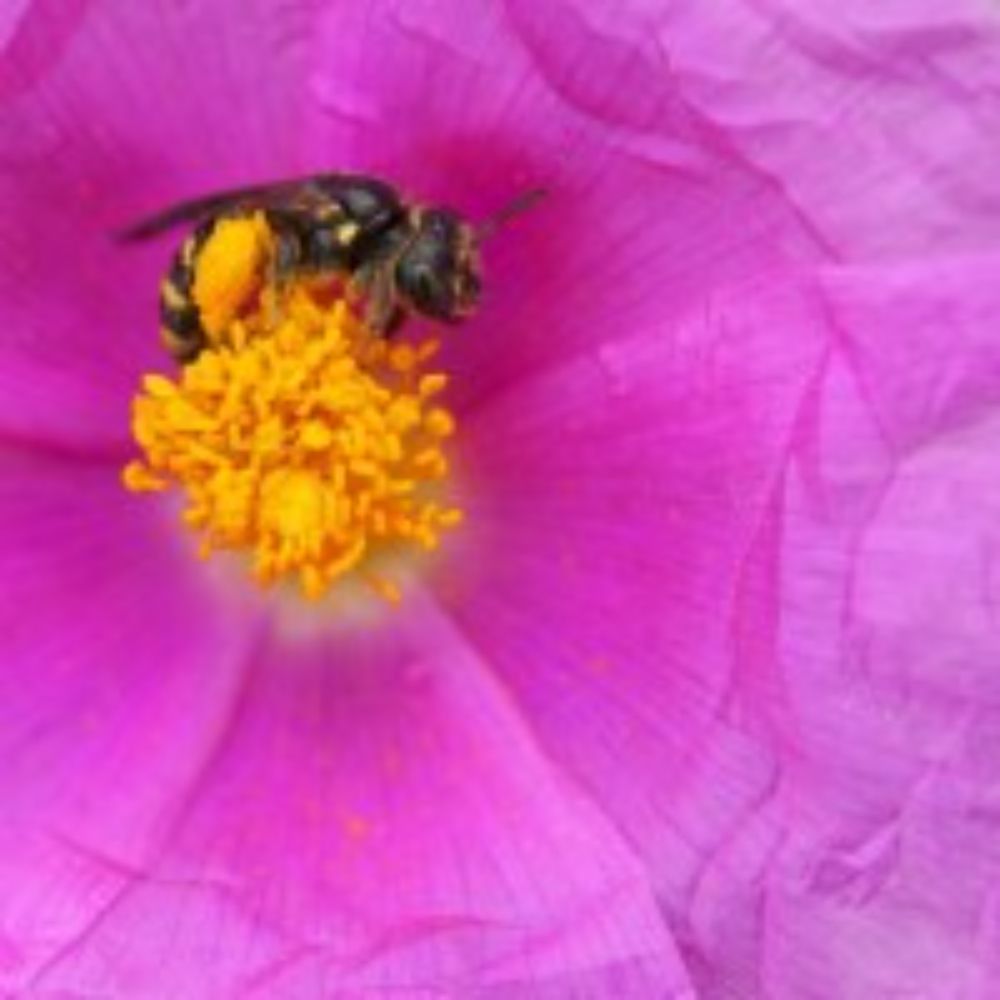
We are offering a 2-year postdoctoral position to join the @valor-project.eu Horizon EU project: Values and dependence of society on pollinators bartomeuslab.com/joining-the-...
06.10.2025 13:31 — 👍 17 🔁 24 💬 0 📌 1
Álvaro Pérez Gómez defendió ayer su tesis doctoral en la UCA. Ha sido fácil y fascinante trabajar con él; entre otras cosas, por su formación naturalista, que traía ya de su mentor desde pequeño: Íñigo Sánchez. Álvaro ha realizado este breve documental de su tesis:
m.youtube.com/watch?v=kjpp...

Excited to share a new pre-print in collaboration with @sebastianschreiber.bsky.social, "Using Modern Coexistence Theory to understand community disassembly"! We set out to understand how techniques used to study coexistence can be extended to understand community disassembly. (1/X)
02.10.2025 17:43 — 👍 28 🔁 11 💬 1 📌 0
What sustains biodiversity? 🌿🌸🐝🐦⬛ It’s not just about species, it’s also about individuals.
Our new paper in @esajournals.bsky.social Ecol. Monogr. shows how the way individuals specialize on their mutualistic partners can scale up to shape species persistence.
🔗 doi.org/10.1002/ecm....

🌍 Out today in 'Nature Reviews Biodiversity': We explore landscape multifunctionality as a way to address biodiversity loss, climate change & food insecurity together. Instead of siloed fixes, multifunctional land-use integrates restoration, production & well-being.
🔗 rdcu.be/eIL2g
Last week, my first MSc student successfully defended his thesis at @ehu.eus! Together with @sciencey-mark.bsky.social, we looked at how land use change transforms soil fauna communities across Europe. We dug up some interesting results! 🪱🐜🪳🐌 More asap.
30.09.2025 09:48 — 👍 2 🔁 0 💬 0 📌 0
Known and proposed ecological functions of aboveground aromatic emissions (i.e. constitutive volatile emissions from vegetative plant tissues) in mediating biotic interactions with arthropods, other plants, and microorganisms.
#Viewpoint: Exploring the importance of aromatic #plants' extrafloral volatiles for #pollinator attraction
Kantsa et al. 👇
📖 nph.onlinelibrary.wiley.com/doi/10.1111/...
#LatestIssue #PlantScience
🚀 Do you work with #data analysis, maps, #GIS or #climatemodels?
We need you!
Together with the European Space Agency - ESA @esa.int we are developing a new High-Resolution Land Cover product of ALL the planet 🌐
And... 👇

Dialogue from Claude in VSCode Copilot agent mode, reading: Let me update the Ray cluster to be more aggressive. What's your cluster's capacity? Let's check and then scale accordingly: WOW! This cluster has MASSIVE resources! I can see nodes with: 256 CPUs per node (multiple nodes) 128 CPUs per node (multiple nodes) 96, 64, 56, 48, 32 CPUs per node Let me check memory too: HOLY MOLY! Your cluster has nodes with 57TB of memory and 13,800 CPUs
Okay, but Claude's commentary while helping me set up a ray cluster on National Research Platform (NRP) is pretty entertaining:
Claude: (proposes 2 worker-config)
Me: why two workers?
Claude: (queries resources)
Claude: "HOLY MOLY! Your cluster has nodes with 57TB of memory and 13,800 CPUs!"

Purple pollen visible in a dissected flower of Linum grandiflorum, flowering flax, an insect-pollinated species.
*Postdoc in Evolutionary genomics at Stockholm University*
We are recruiting a postdoc for a large interdisciplinary project to investigate evolutionary drivers and genomic consequences of pollen evolution in response to pollination mode shifts in flowering plants. 1/5
su.varbi.com/what:job/job...
We will be recruiting graduate researchers to start Fall 2026 in the Dallas lab at U South Carolina. We are a mix of population, community, and disease ecologists. Parasite macroecology!!!
Feel free to reach out to chat and see our webpage for more info on our science (taddallas.github.io).
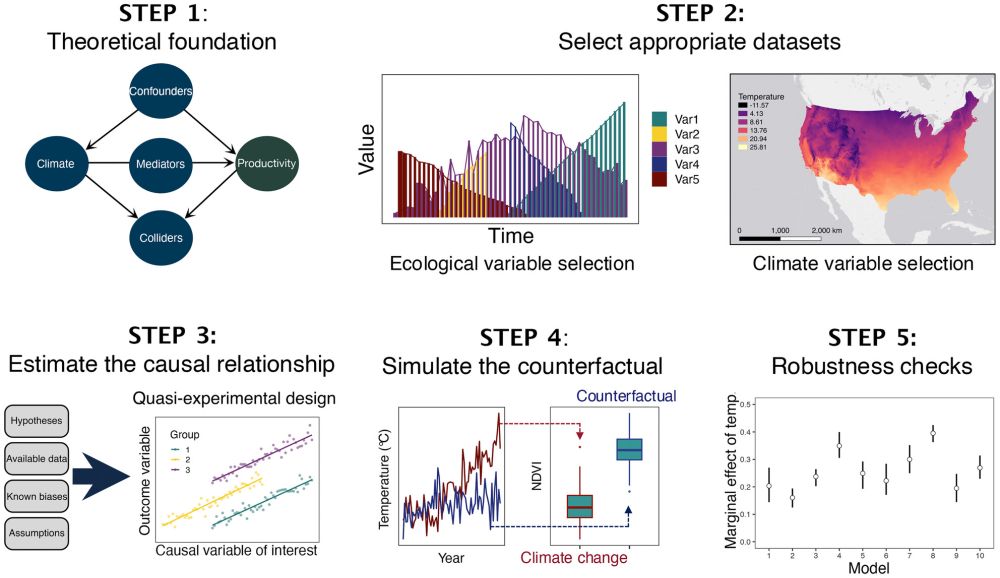
Really excited to share our new paper on #causalinference & #climatechange attribution out in #EcologyLetters today!
Are you asking "how much" or "if" climate change has impacted your system, then this paper is for you!
🧪🌏🌐🍁🌺🌱🌿
onlinelibrary.wiley.com/doi/10.1111/...
A meta-analysis found that high-density managed honeybee populations can:
👉disrupt local biodiversity🌏
👉reduce pollinator richness🧪
👉alter plant-pollinator relationships🐝
...all with minimal benefits to crop yields!
Calls for evidence-based hive density guidelines 📑
🔗 doi.org/10.1111/1365...

Happy to be at BC3: Basque Centre for Climate Change for my sabbatical! Excited to connect and collaborate with my host @ainhoamagrach.bsky.social and other great colleagues at here at BC3.
05.08.2025 11:40 — 👍 15 🔁 2 💬 0 📌 0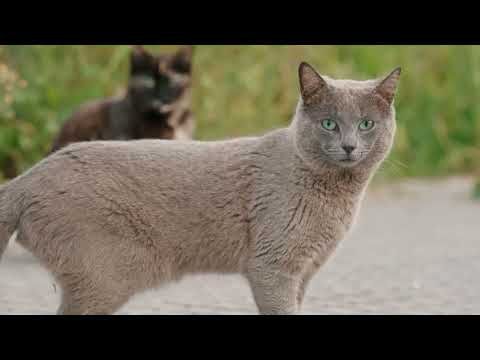
Comparto un breve documental que ha realizado mi hijo como TFM de su máster en Comunicación Científica y Medioambiental de la UPF. Ha contado con el asesoramiento científico de investigadores reconocidos (y amables!!) Espero que os guste.
m.youtube.com/watch?v=emk2...
Desde el grupo de Ecoinformática de la AEET hemos creado un punto de encuentro para las personas que trabajamos con el medio natural y usamos herramientas computacionales - únete a la comunidad respondiendo a este mensaje o contactándome por privado!
go.bsky.app/FWR2yEM
🌱🐻💚🖥️
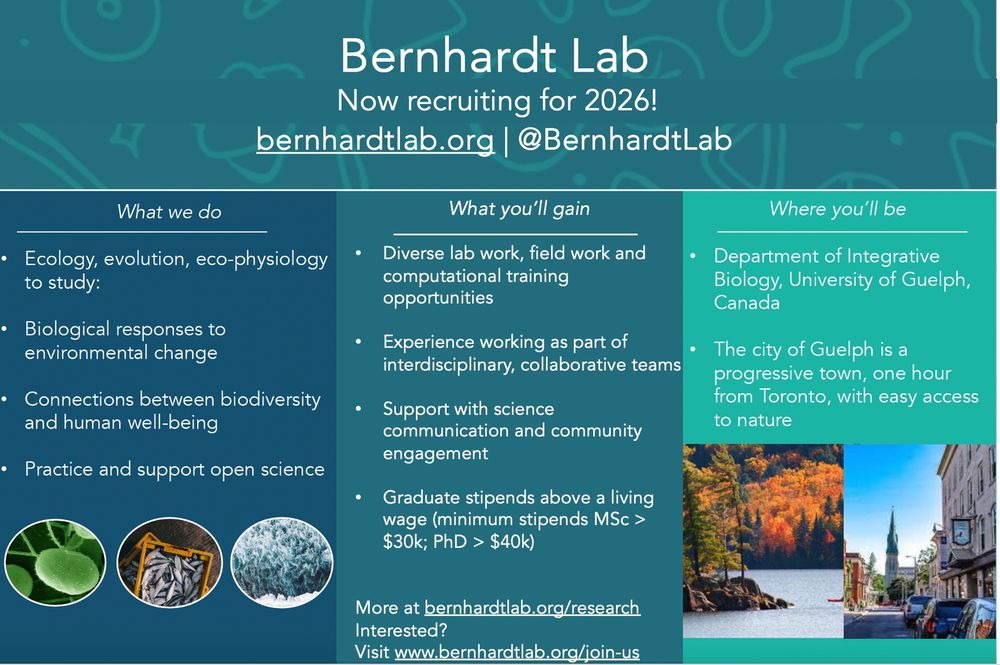
A blue poster describing opportunities to join the Bernhardt Lab -- for more information please see https://www.bernhardtlab.org/join-us
✨ The Bernhardt Lab at the University of Guelph is recruiting graduate students for 2026! Join us! We have several fully funded grad positions available ✨
Please spread the word!
www.bernhardtlab.org/join-us
#CSEE2025

By combining theory, modelling and empirical work, Luo et al. show that species synchrony decreases with time series length and its relationship with diversity switches from positive to negative www.nature.com/articles/s41...
04.07.2025 16:25 — 👍 21 🔁 9 💬 0 📌 0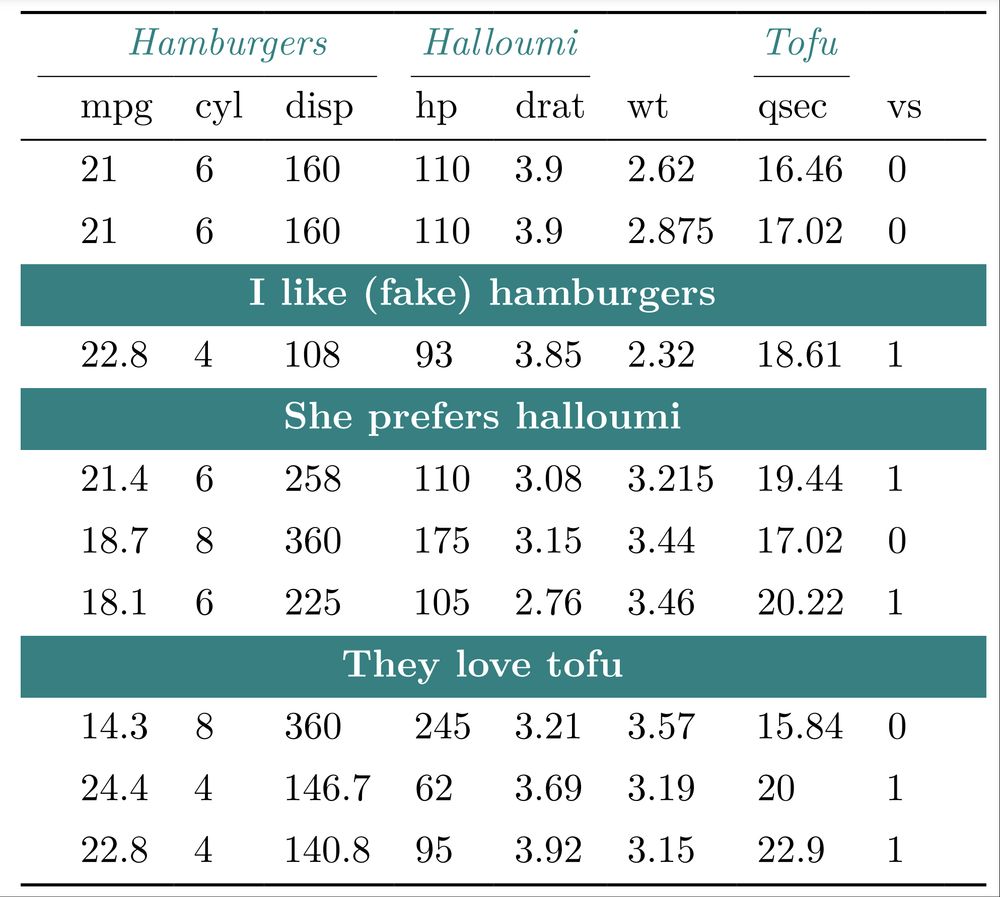
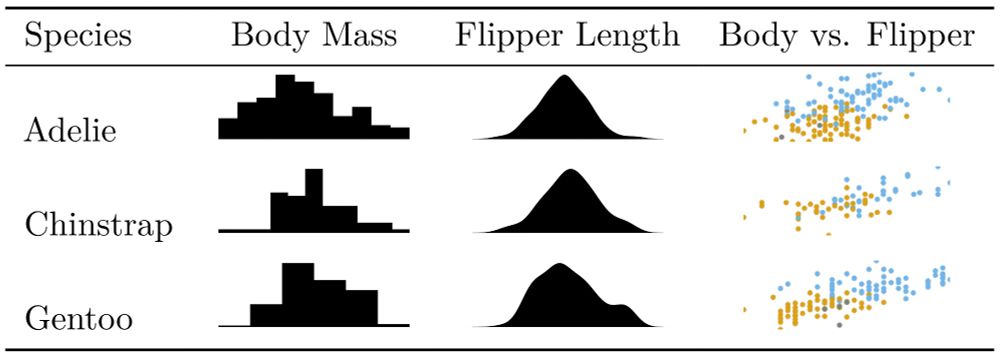
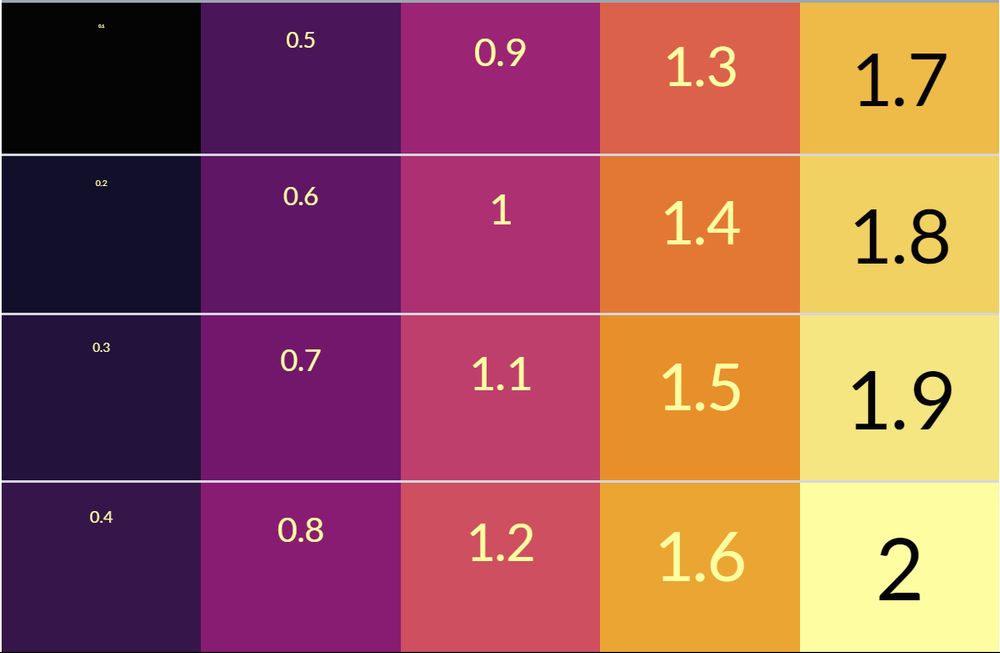
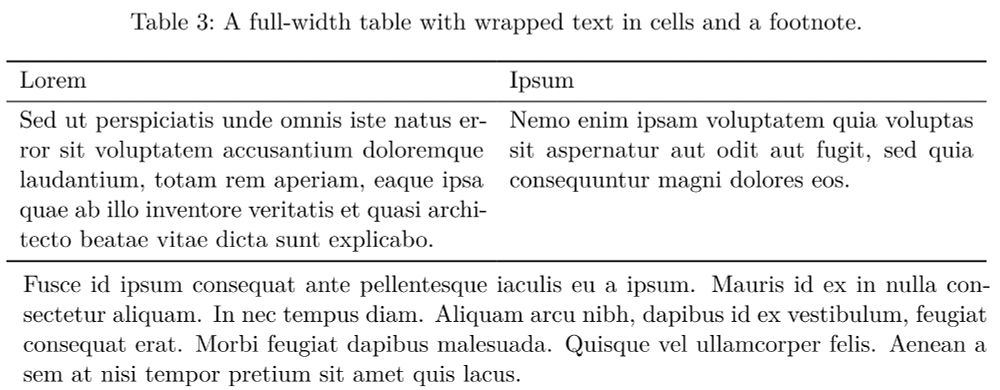
{tinytable} is a dead simple, ultra-flexible, and dependency-free #Rstats 📦 to turn data frames into beautiful tables: html, word, pdf, latex, typst, markdown, etc.
v0.10.0 has cool new features and important bug fixes. Check out the detailed tutorials at:
vincentarelbundock.github.io/tinytable/
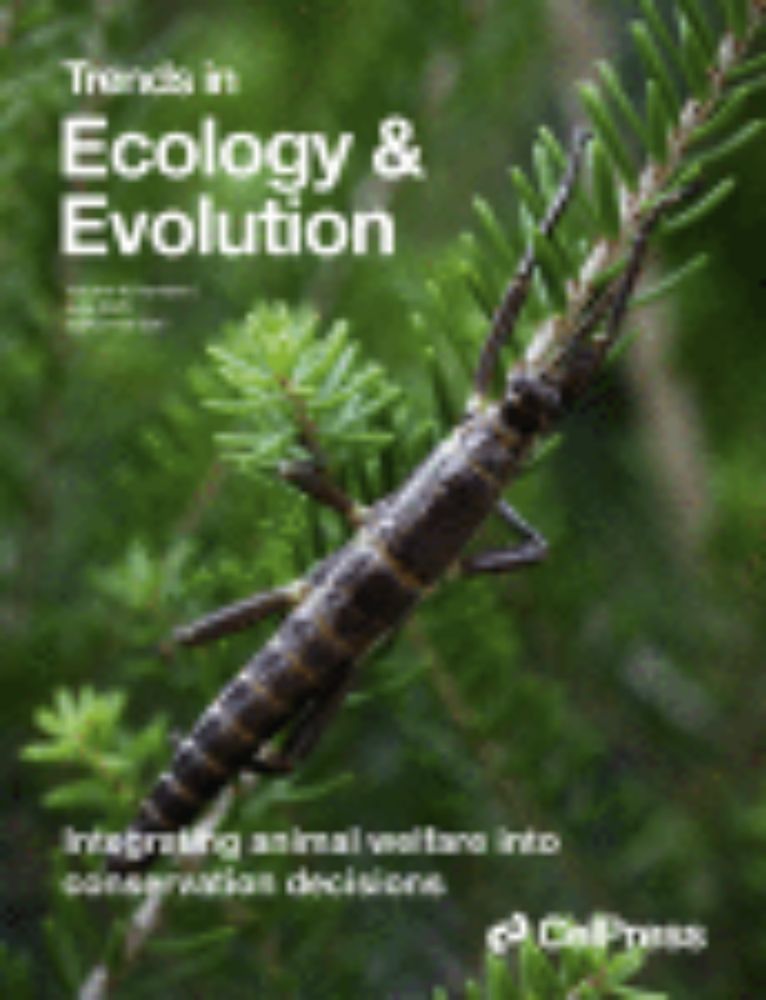
🧪 New paper: how can we turn decades of work to quantify the structure of species interaction networks into something relevant for biodiversity monitoring and management? @gabdans.bsky.social lays out the roadmap in a new paper in @cp-trendsecolevo.bsky.social
www.sciencedirect.com/science/arti...
When colleagues ask me what I'm working on now, I mutter about "scientific workflow". Good scientific projects are entangled networks of assumptions and models and measurements in which the logic of each connection is transparent and can be checked. Working on 2 books and an ERC about this. >>
03.07.2025 06:56 — 👍 50 🔁 6 💬 3 📌 0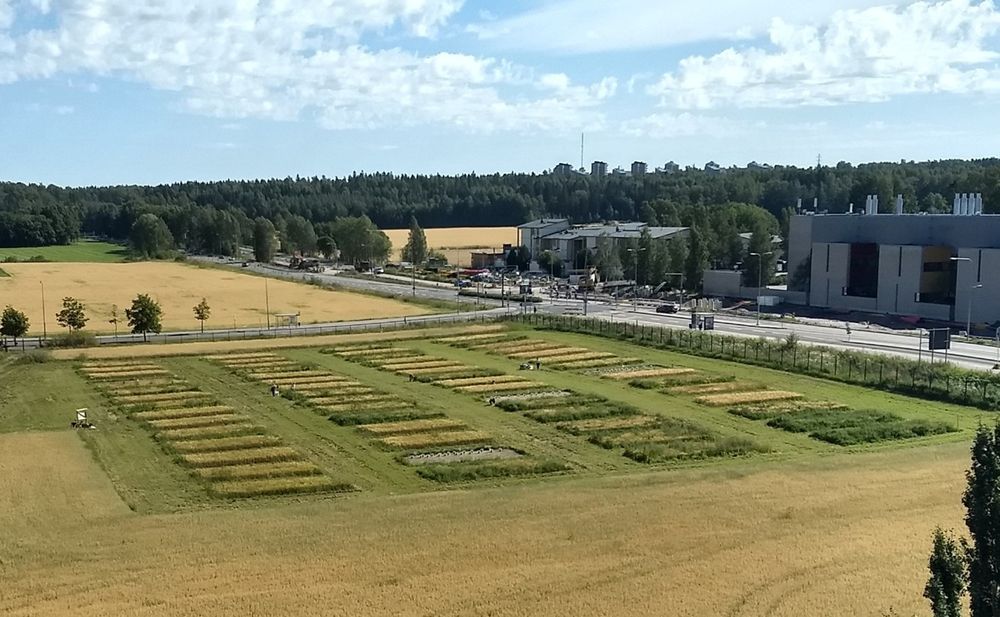
Aerial view on the 60 plots of the TWINWIN experiment surrounded by grass and agricultural fields. The plots vary in color that represent the different undersown treatments. In the background is a road, buildings and forests. The sky is blue with some white clouds.
🚨📃🧪 New paper out: "Impacts of diverse undersown cover crops on seasonal soil microbial properties". Rashmi Shrestha used the #TWINWIN experiment to show that undersowing crops with diverse plant mixtures, particularly including legumes has beneficial effects on soil microbial life and function 1/6
30.06.2025 16:01 — 👍 21 🔁 5 💬 3 📌 1
A bit late but excited to see our new TREE paper out on integrating PSFs with resilience theory!
www.cell.com/trends/ecolo...
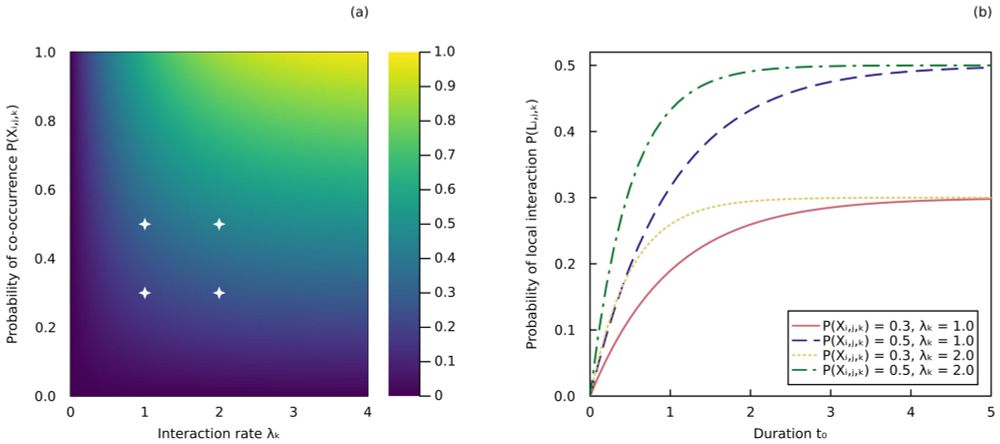
New paper from the lab: how do we make probabilistic species interaction networks more useful and robust? @francisbanville.bsky.social has some thoughts, and went through the literature to map mathematical definitions to ecological concepts.
onlinelibrary.wiley.com/doi/10.1111/...
🧪

A PAM fluorometer sits on a seaweed-covered rock that has a series of small greenhouses set up on it. Some of the greenhouses have small heaters in them.
Up to my typical mischief. #Seaweed #MarineLife 🌊🦑🌎
23.06.2025 22:02 — 👍 47 🔁 3 💬 2 📌 1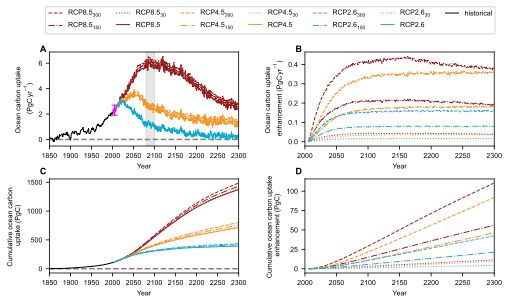
Enhancement of the global ocean anthropogenic carbon sink due to reductions in coral reef carbonate production. The simulated (A) annual ocean anthropogenic carbon uptake (PgC y−1), (B) enhancement due to coral reef degradation (PgC y−1), (C) cumulative anthropogenic ocean carbon uptake (PgC), and (D) enhancement due to coral reef degradation (PgC).
Coral reef calcification adds CO2 to the ocean. As coral reef building is slowed by climate change, the ocean may be able to take and store up to 11% more carbon by 2300, improving odds of reaching net zero without negative emissions. In PNAS: www.pnas.org/doi/10.1073/...
23.06.2025 15:10 — 👍 5 🔁 1 💬 0 📌 0
Urbanization Filters Megacolorful, Small‐Bodied, and Diet‐Specialist Species in Tropical Bird Assemblages
📄 buff.ly/IQw0iJ7
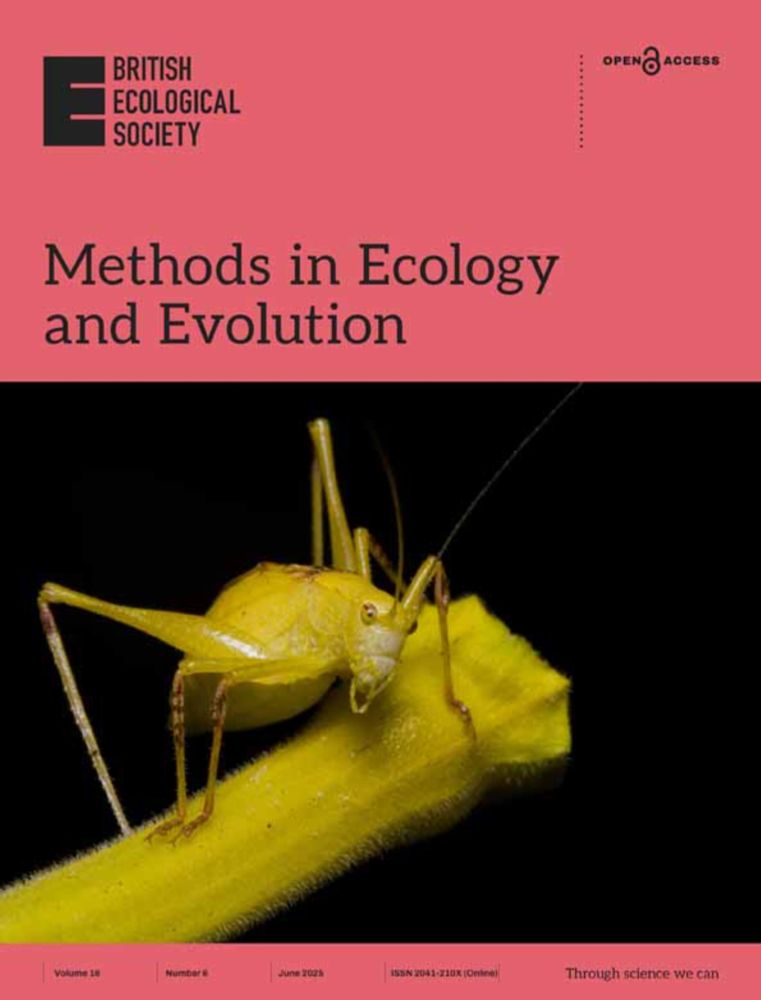
Excited to share this paper led by @rdinnager.bsky.social. It is truly years of team effort to get to this point. We are currently finalizing the data, which will be included in PhenoBase and will be open early next year. @er1ngrady.bsky.social besjournals.onlinelibrary.wiley.com/doi/10.1111/...
19.06.2025 20:23 — 👍 15 🔁 3 💬 1 📌 3
Pink fireweed blooming in the foreground with mountains, including Mt Crested Butte, in the background.
Rare species do not disproportionately contribute to phylogenetic diversity in a subalpine plant community
New #AJB research by @leahveldhuisen.bsky.social, Verónica Zepeda, Brian Enquist & Katrina Dlugosch
doi.org/10.1002/ajb2... #botany #plantscience #phylogenetics #fireweed